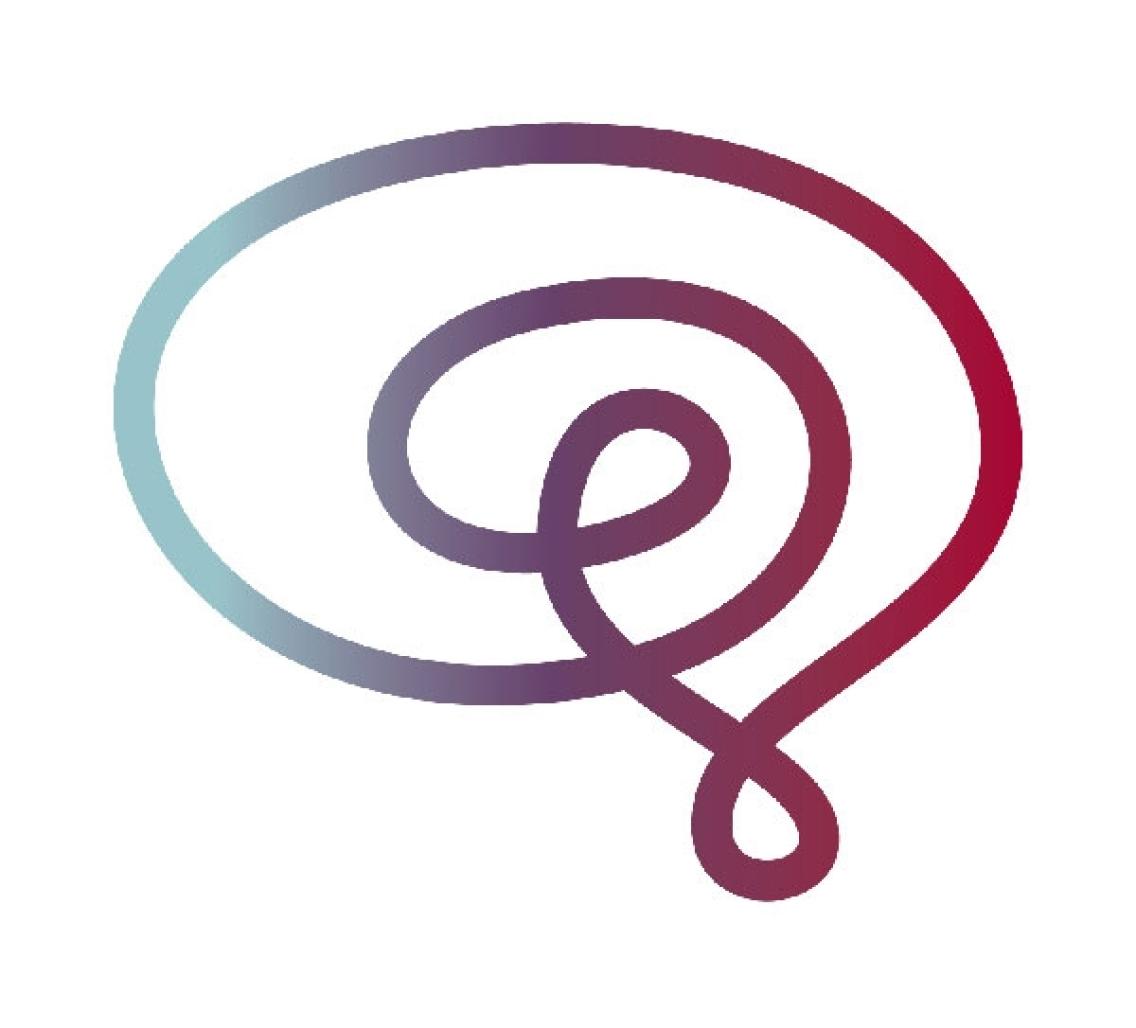Event Details:

Influence of light on the neonate retina

Marla Feller, PhD
Professor of Neurobiology
UC Berkeley
Host: Sui Wang
Abstract
How does the same neural circuit mediate two distinct functions? We explore this question in the developing retina where the circuitry supports both spontaneous activity and light-guided activity. At developmental stages before vision is possible, immature retinal neurons fire bursts of action potentials that propagate across the tissue in a spontaneous activity pattern termed “retinal waves”. Our previous studies have contributed to understanding the generation of retinal waves and to elucidating the critical role they play in properly wiring retinal projections to the brain. However, recent findings have revealed that concurrent with these robust retinal waves and before the maturation of conventional photoreceptors, there also exist light-guided behaviors. Moreover, several days before eye opening, rod and cone mediated light responses emerge, with some retinal ganglion cells already exhibiting mature receptive field properties. I will present recent data from the lab that explores how retinal waves interact with these emerging light-responsive circuits to influence the growth of retinal projections to the brain and thus the development of vision.
Curriculum Vitae
Related paper
[1] A. Tiriac, B. Smith, M. B. Feller (2018). Light prior to eye-opening promotes retinal waves and eye-specific segregation. Neuron, 2018 Oct 22. pii: S0896-6273(18)30899-7. doi: 10.1016/j.neuron.2018.10.011.
[2] D. A. Arroyo, L. W. Kirkby and M. B. Feller (2016). Retinal waves modulate an intra-retinal circuit of intrinsically photosensitive retinal ganglion cells. Journal of Neuroscience, 36 (26): 6892. J Neurosci. 2016 Jun 29;36(26):6892-905. doi: 10.1523/JNEUROSCI.0572-16.2016.